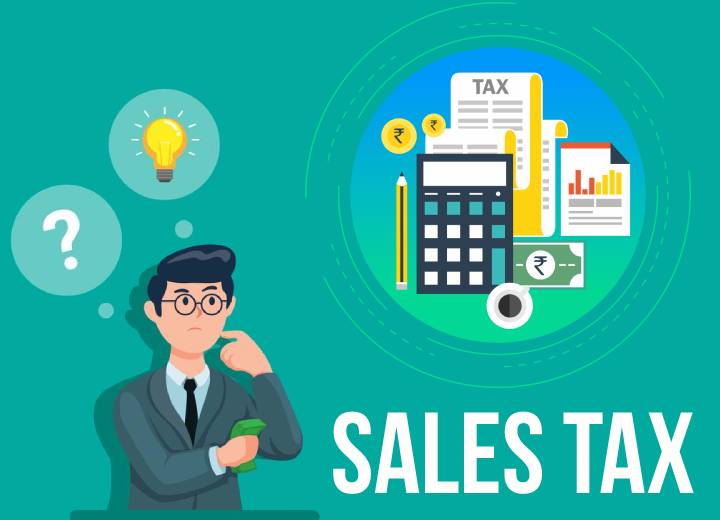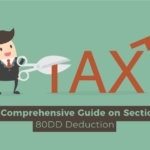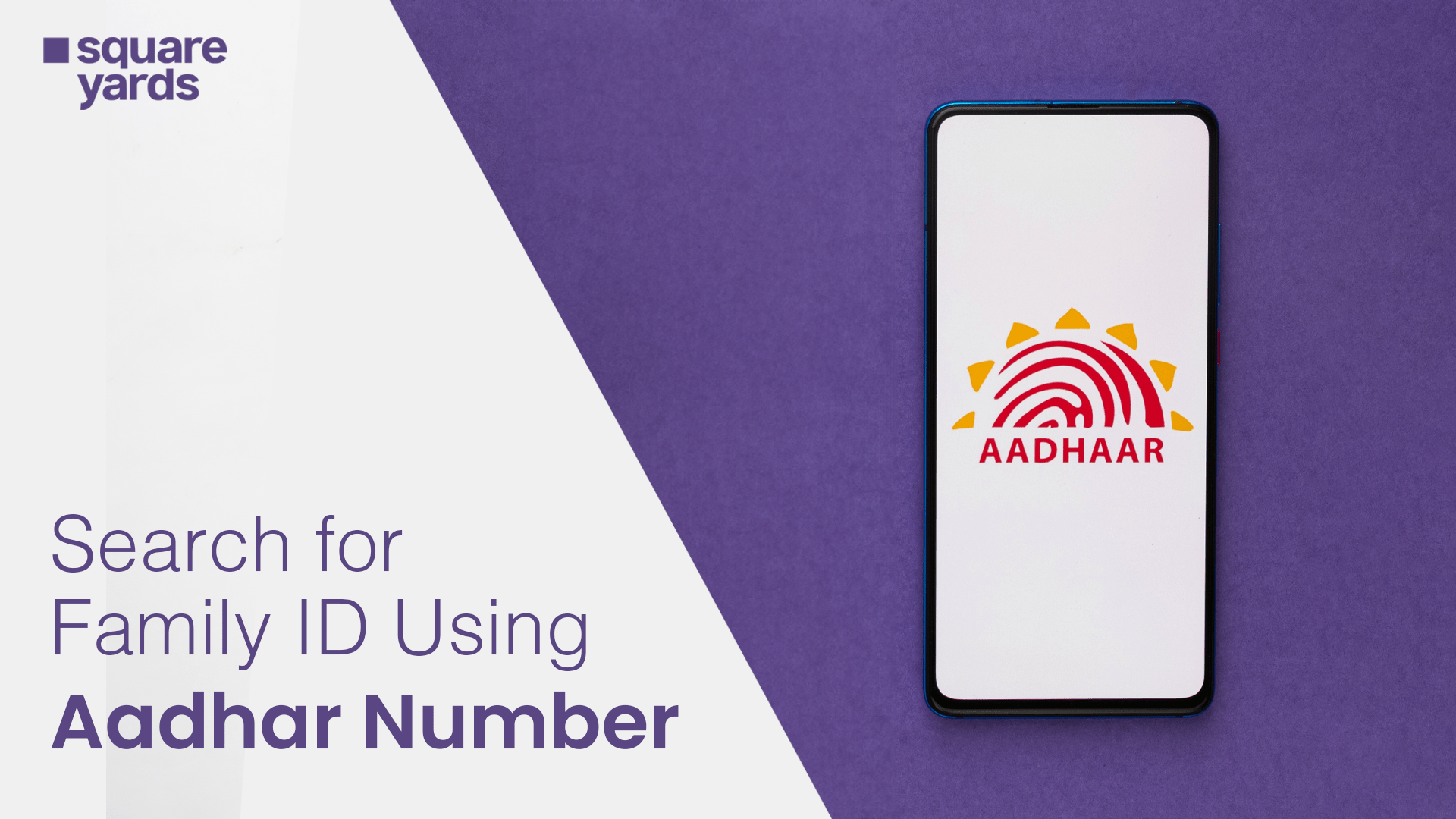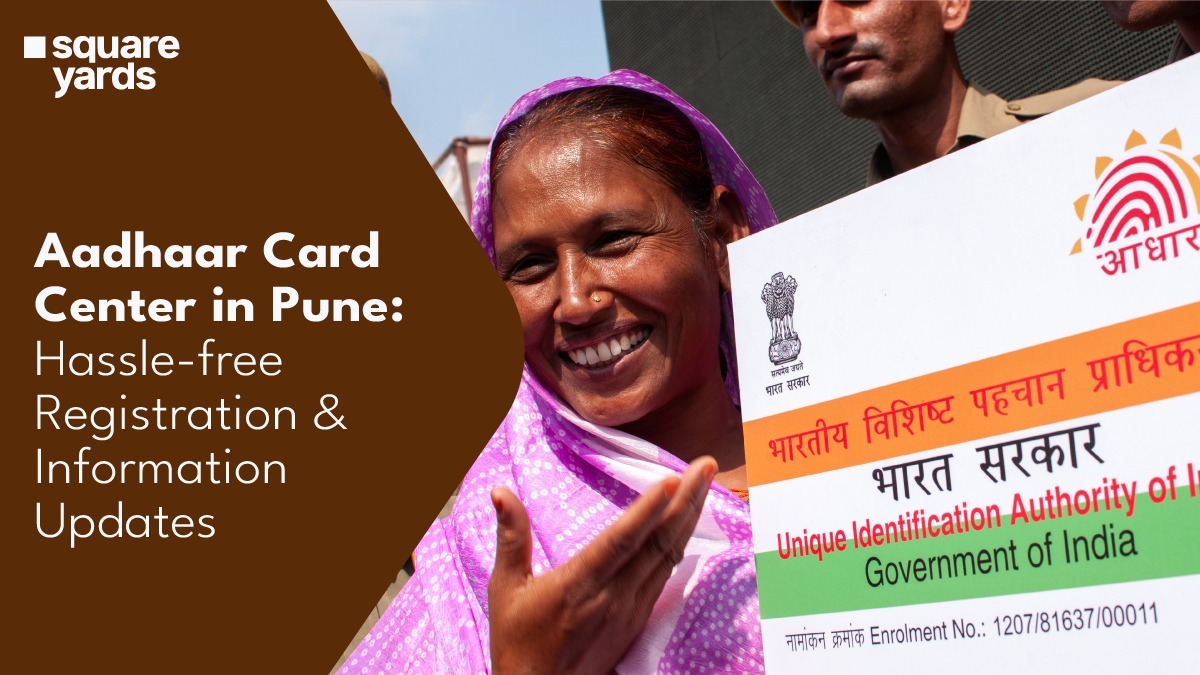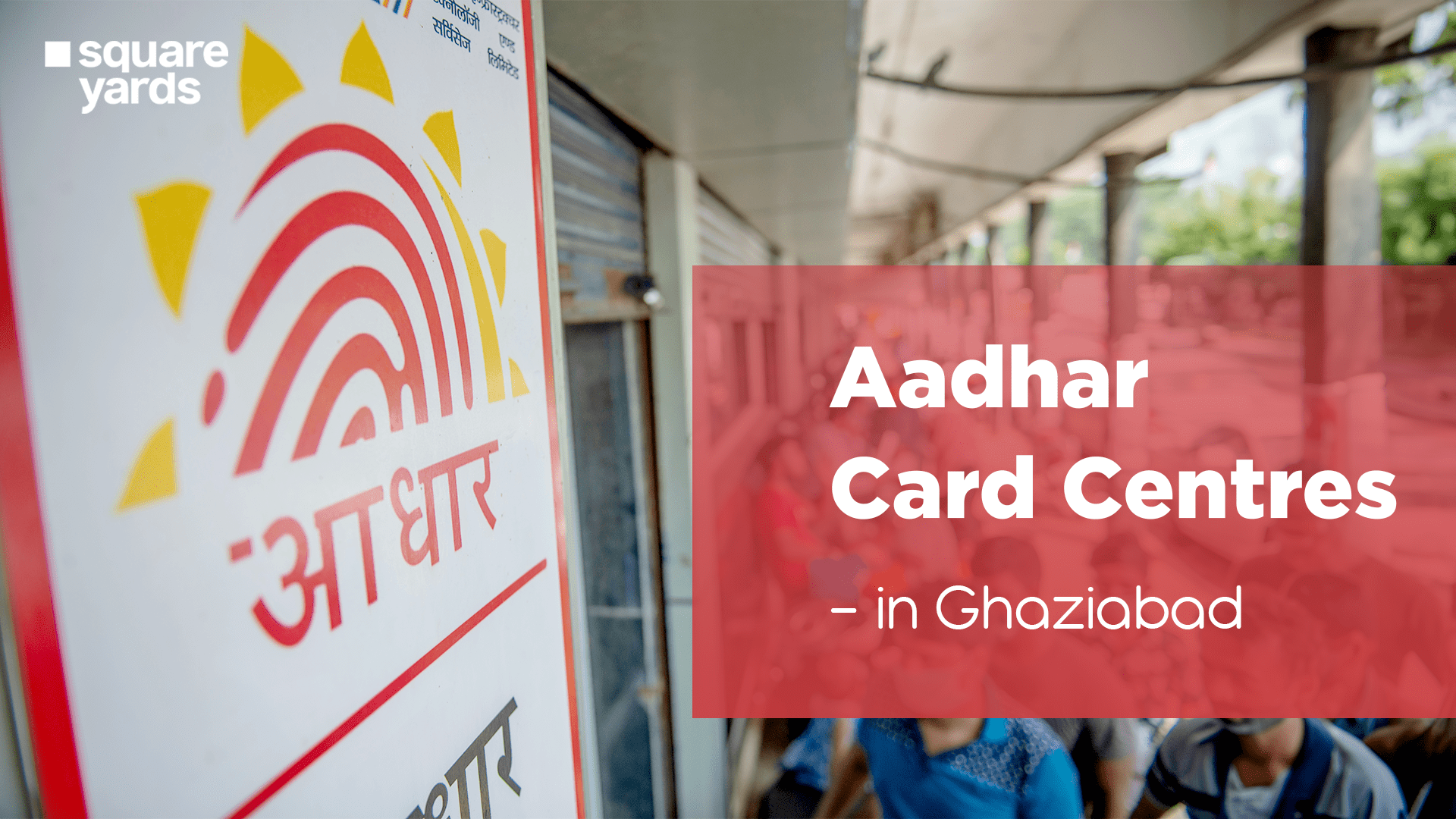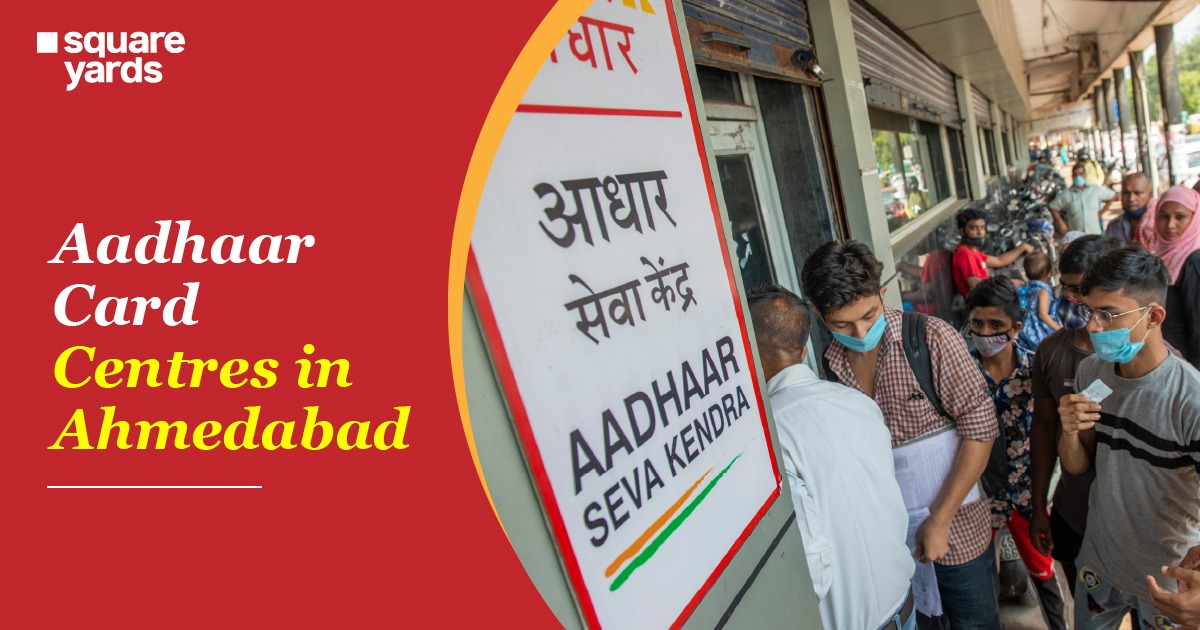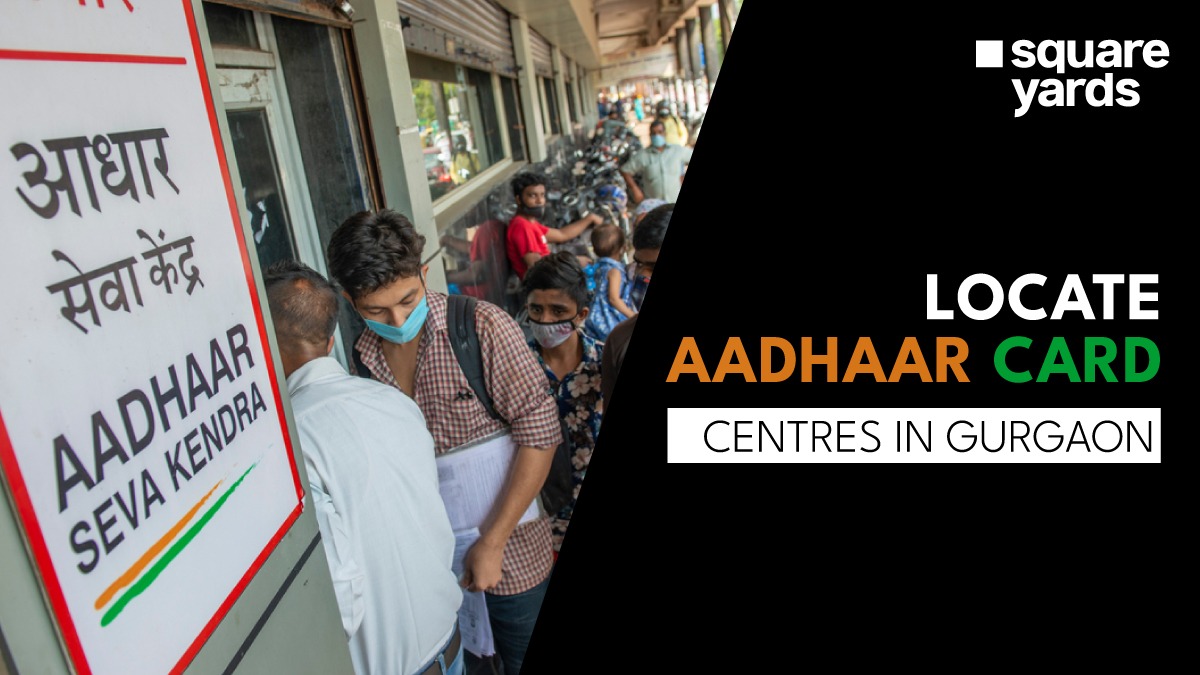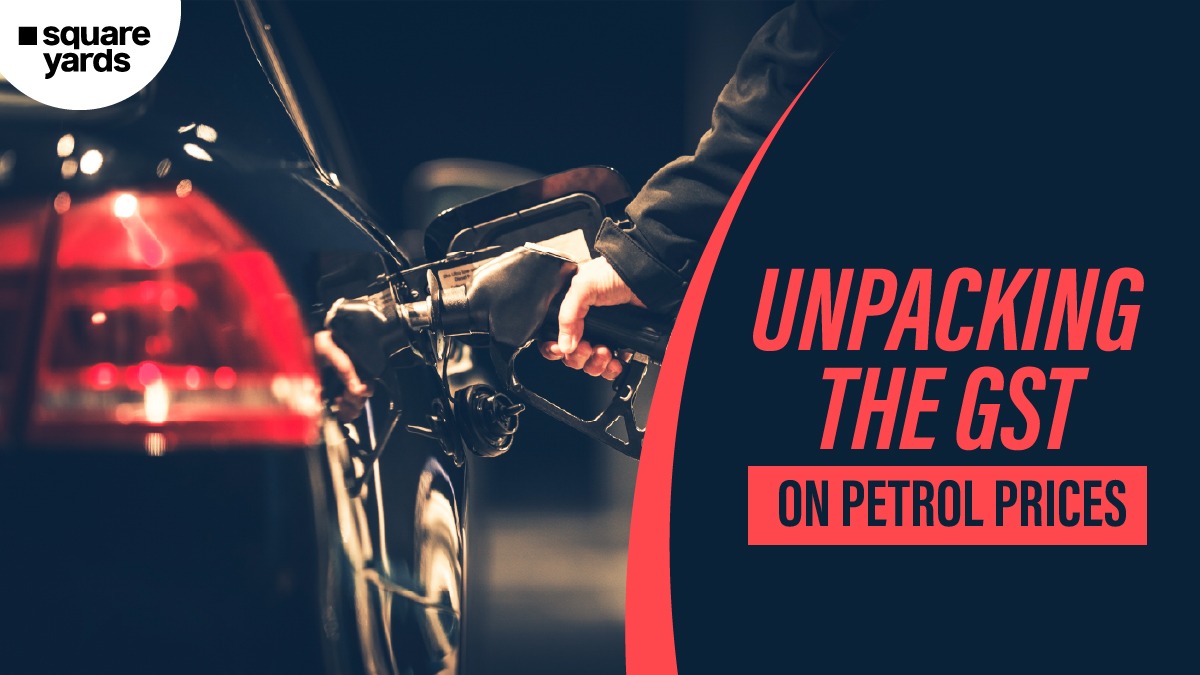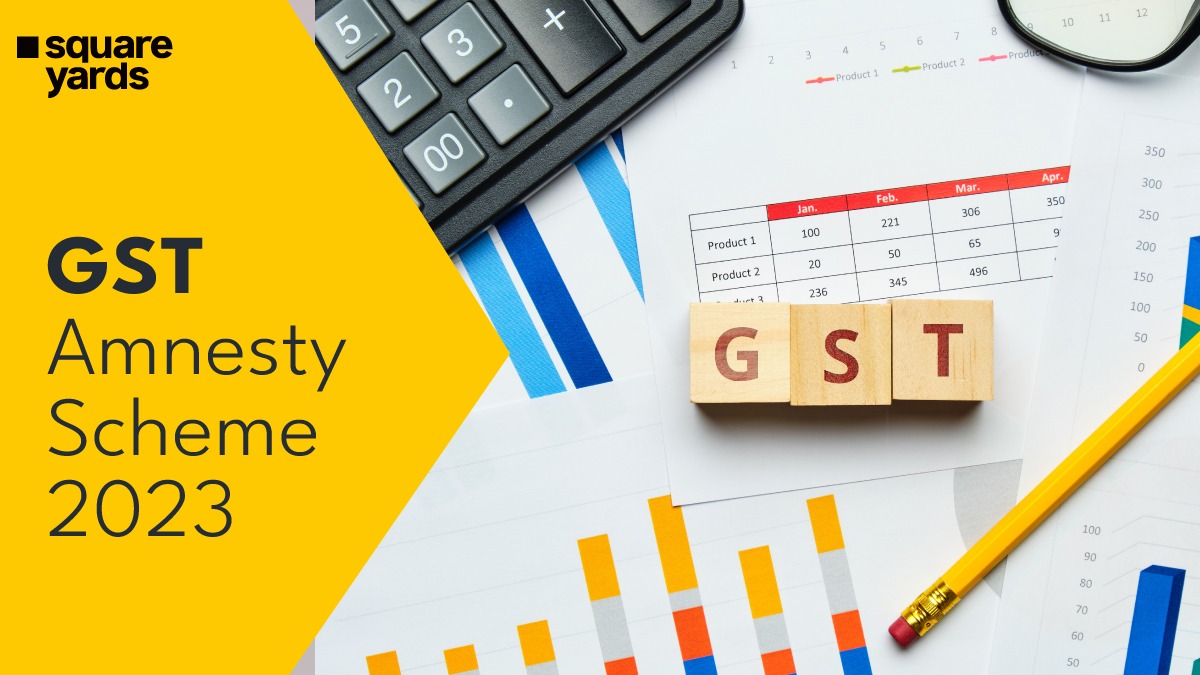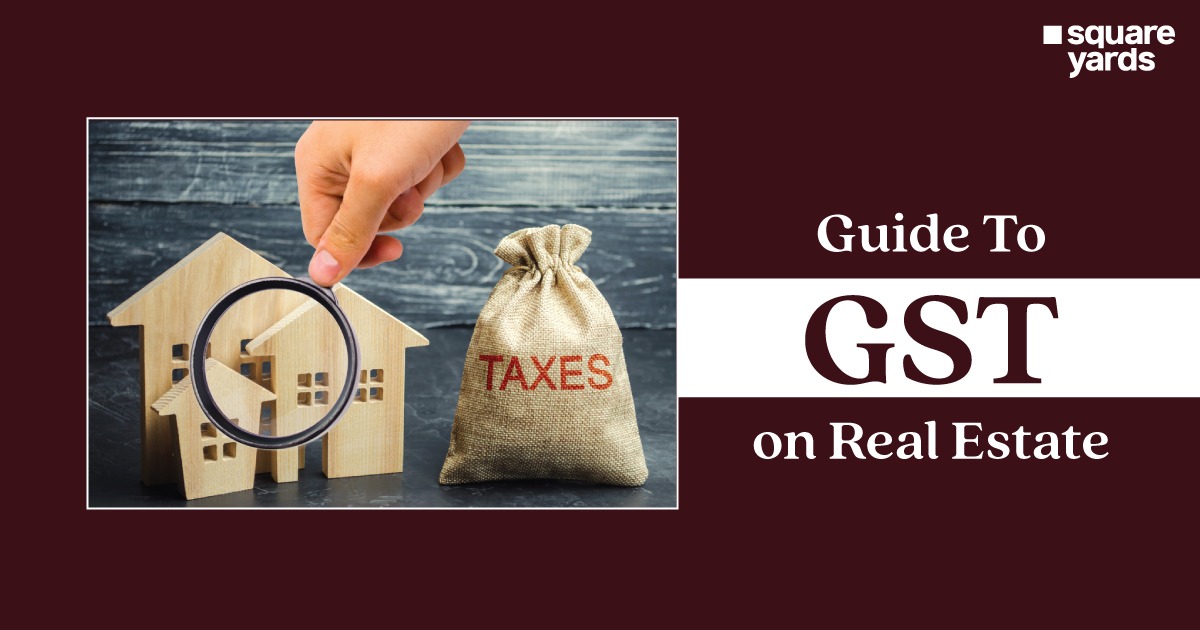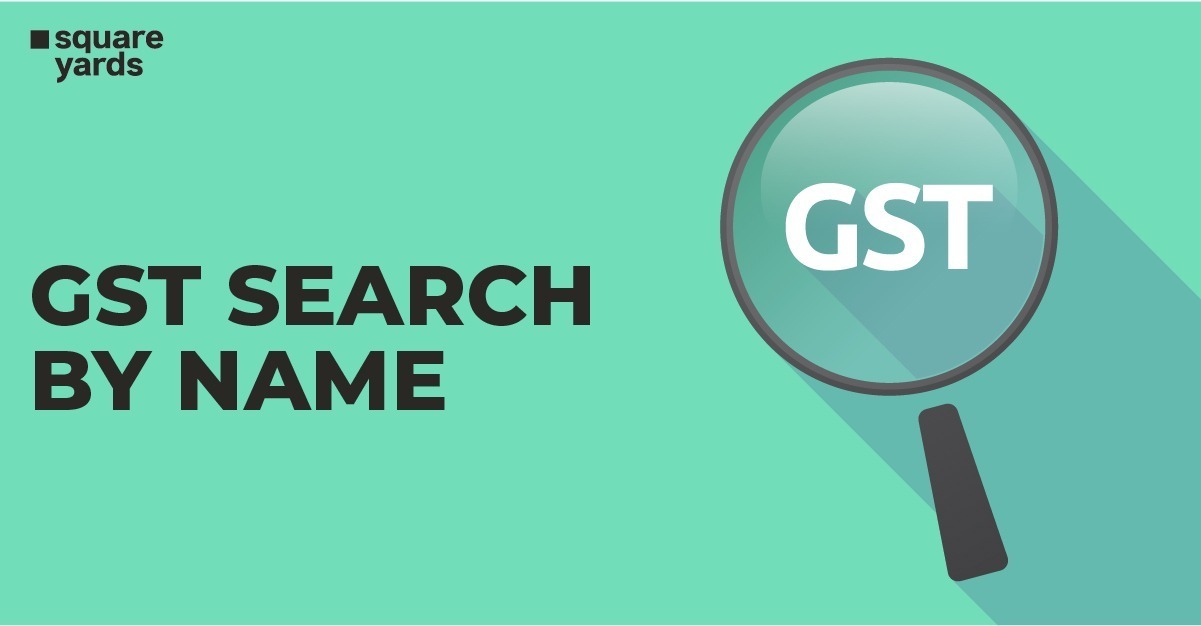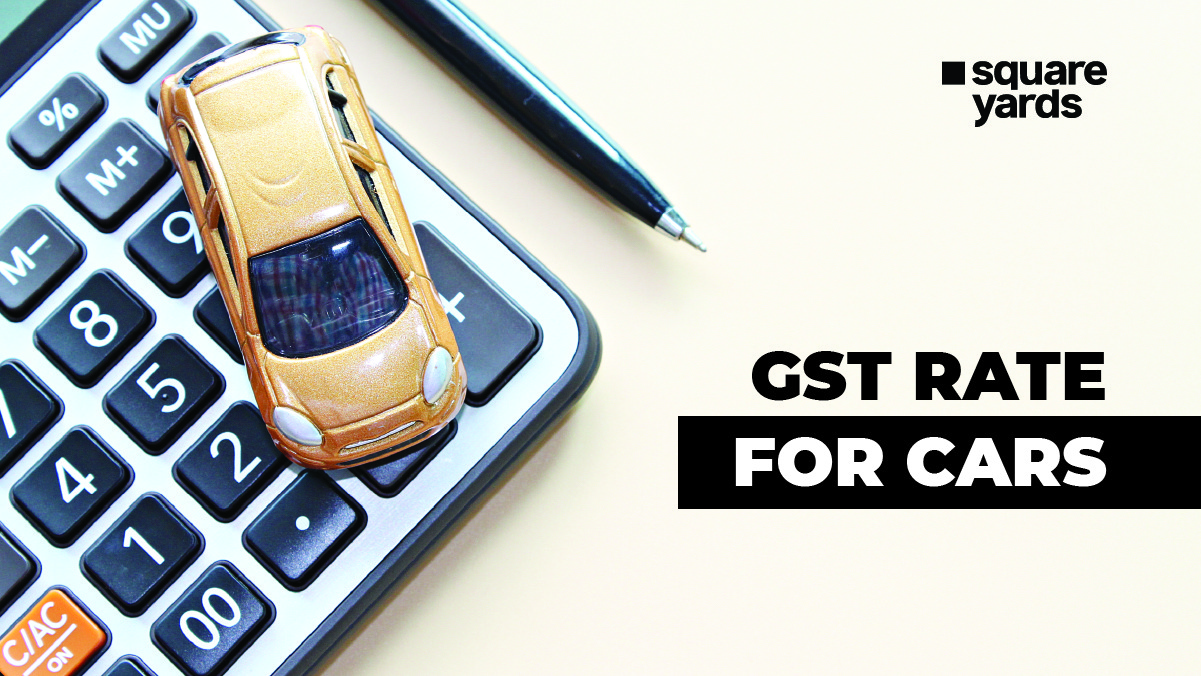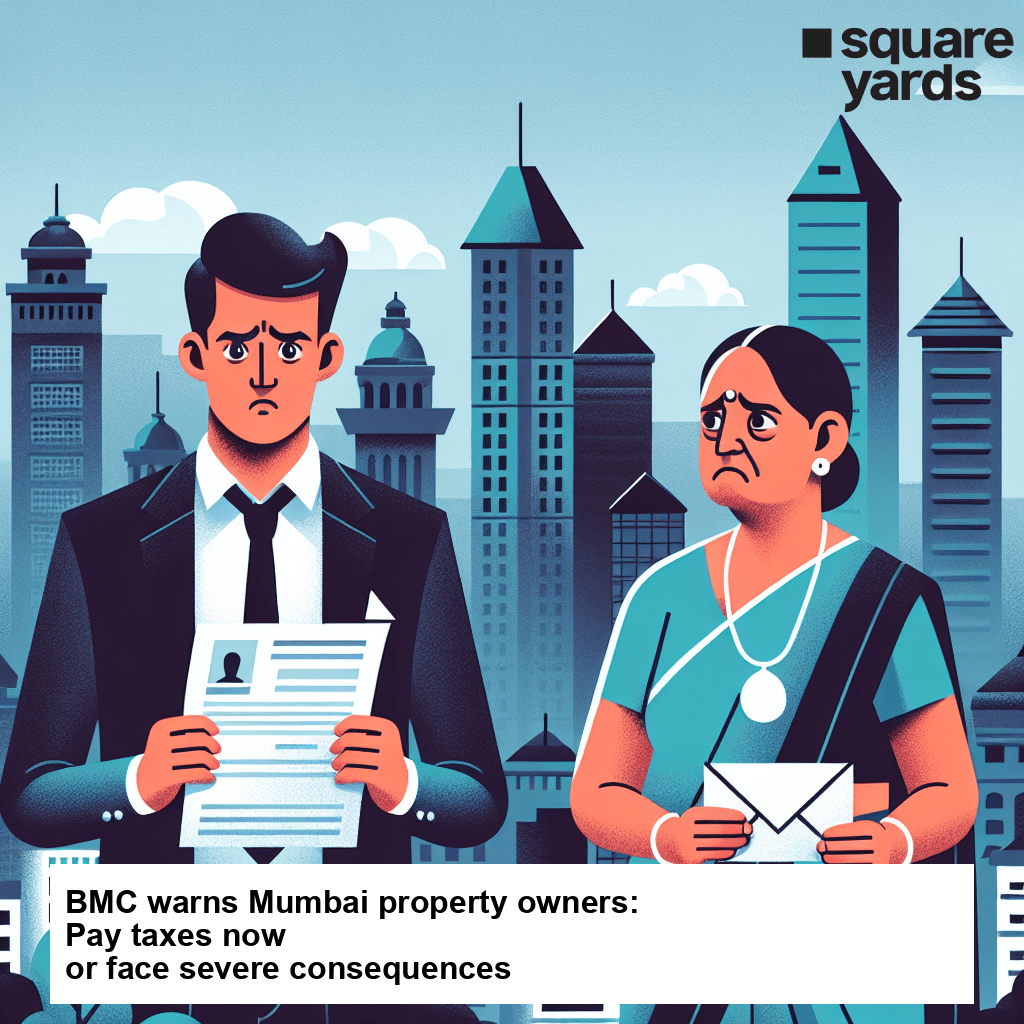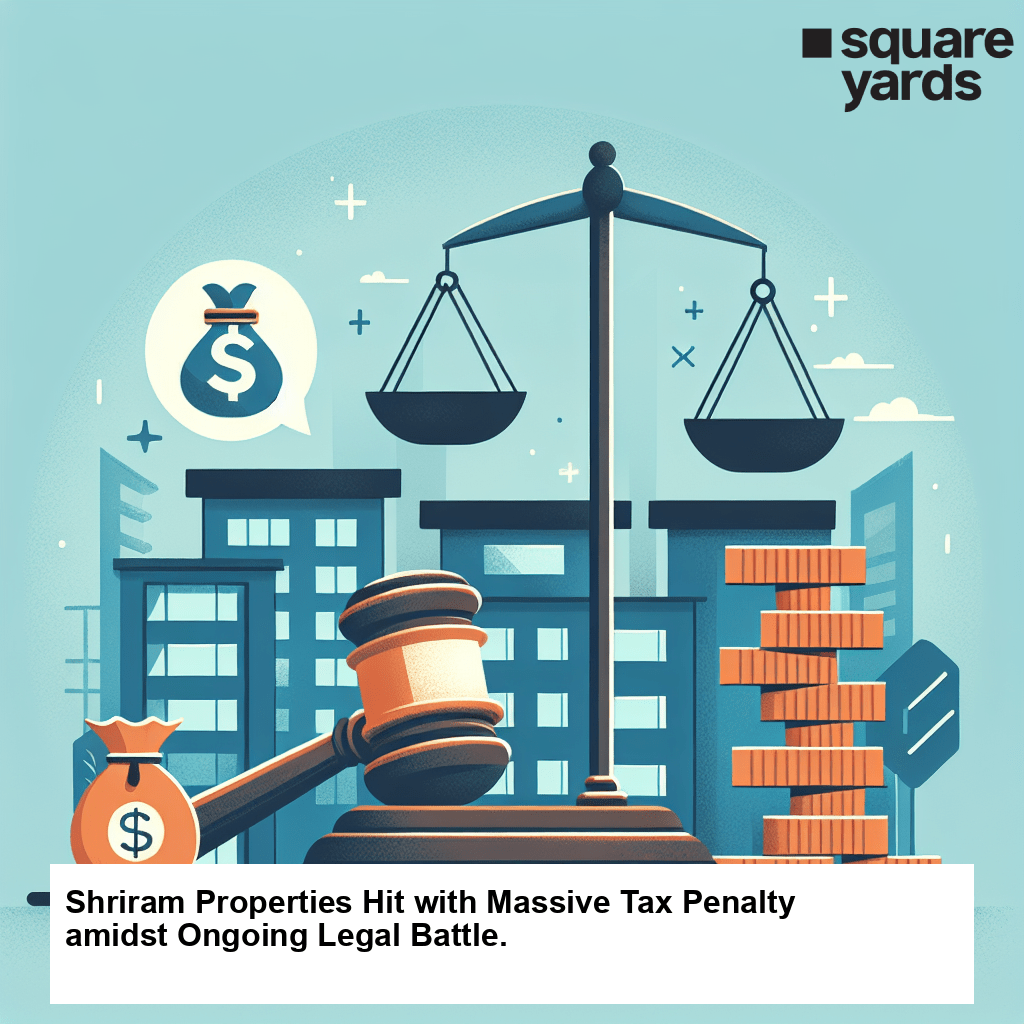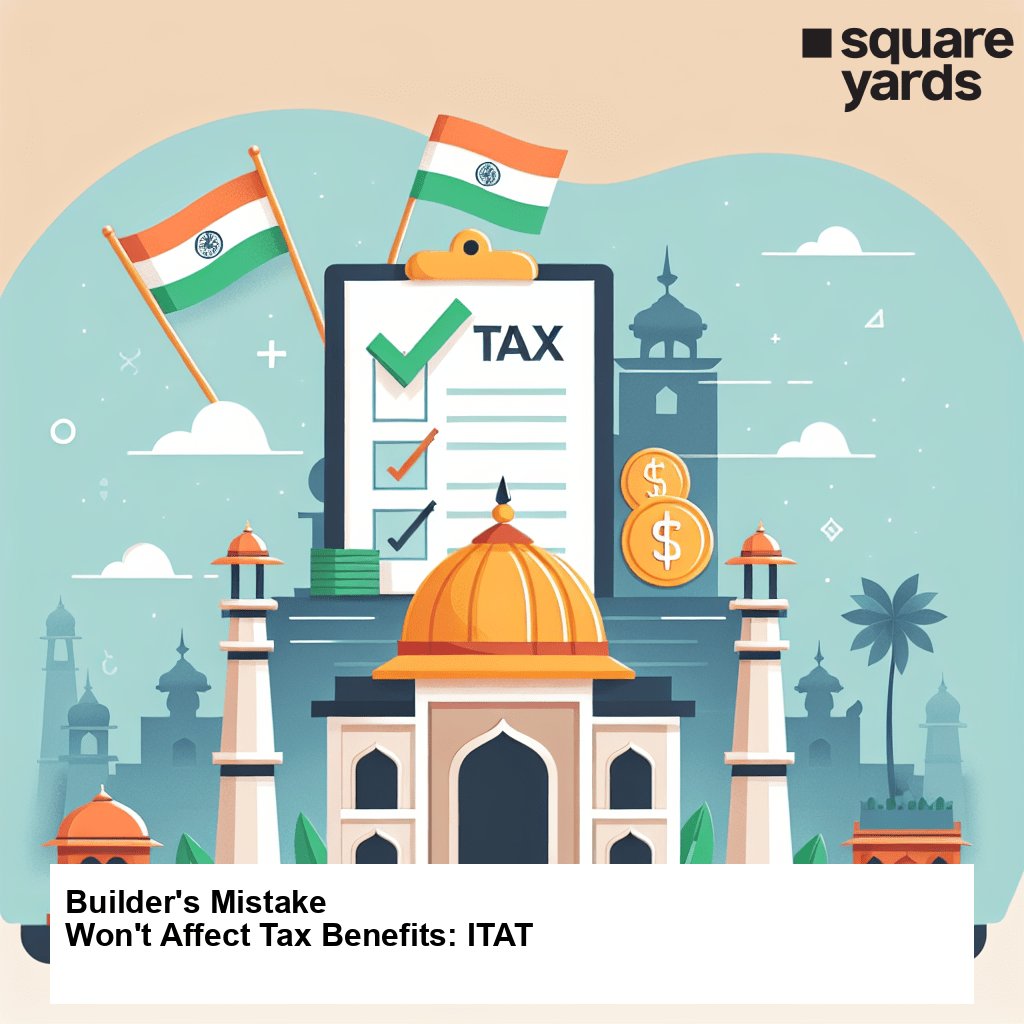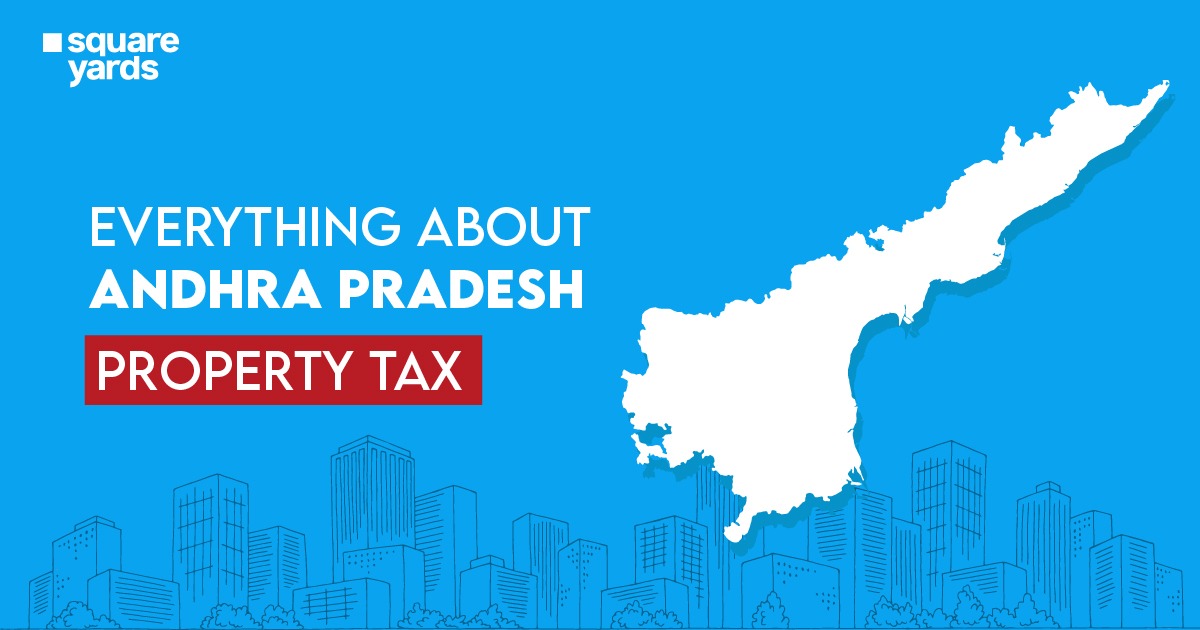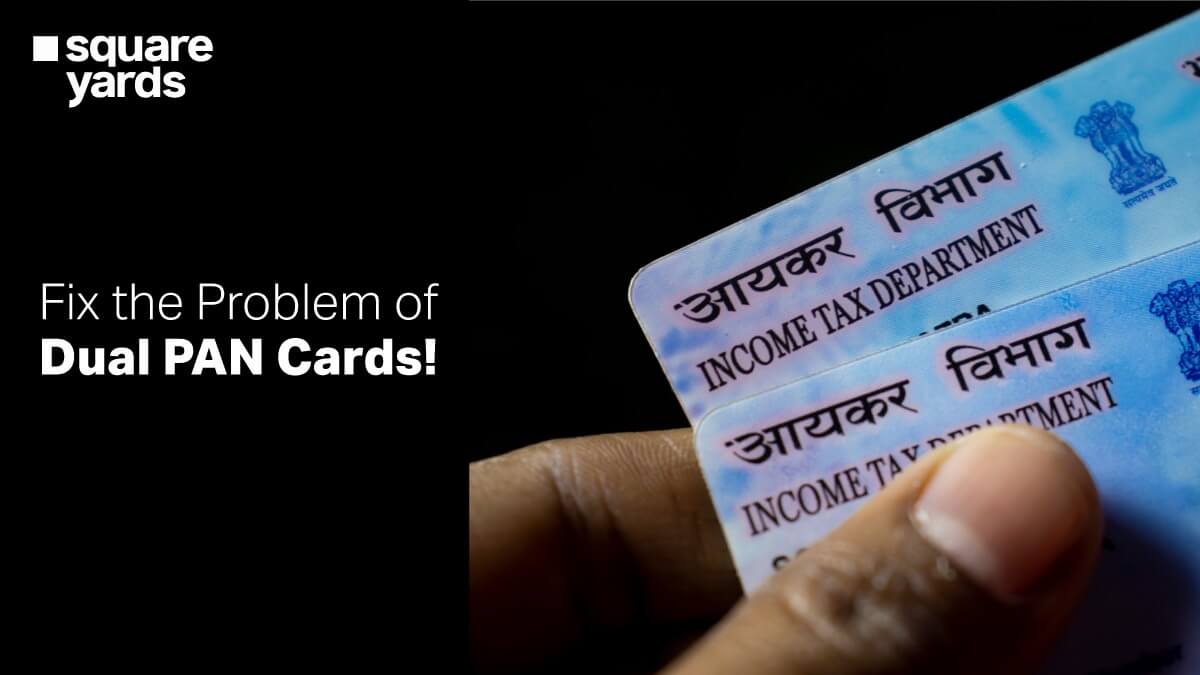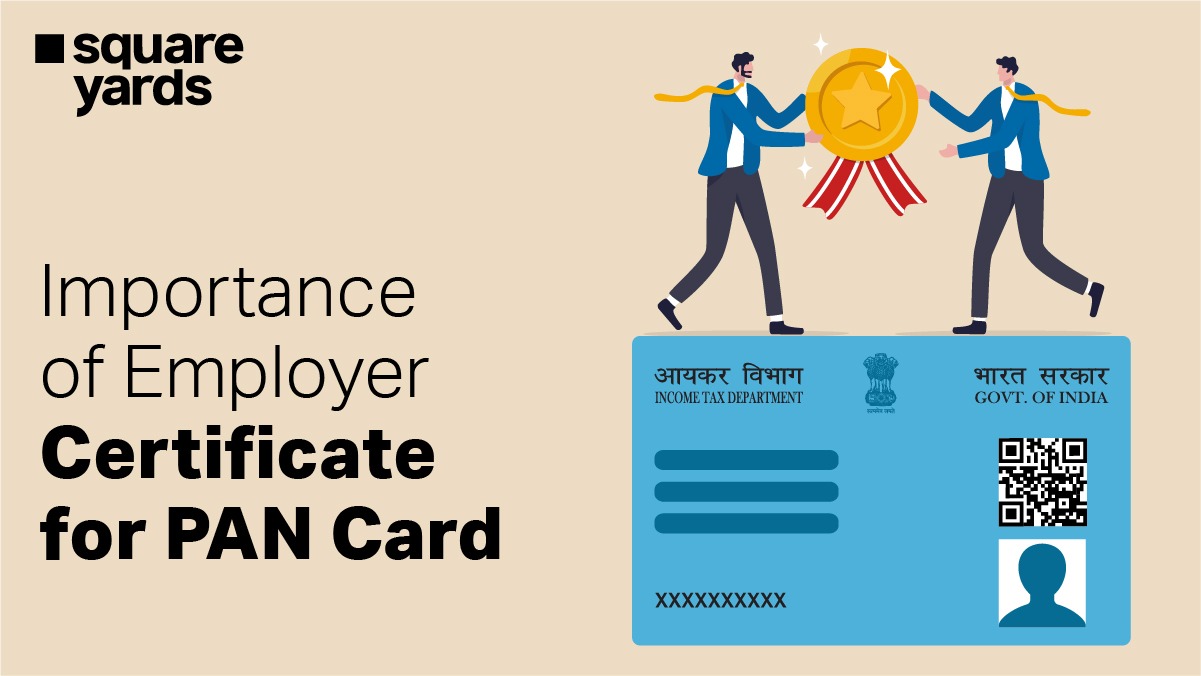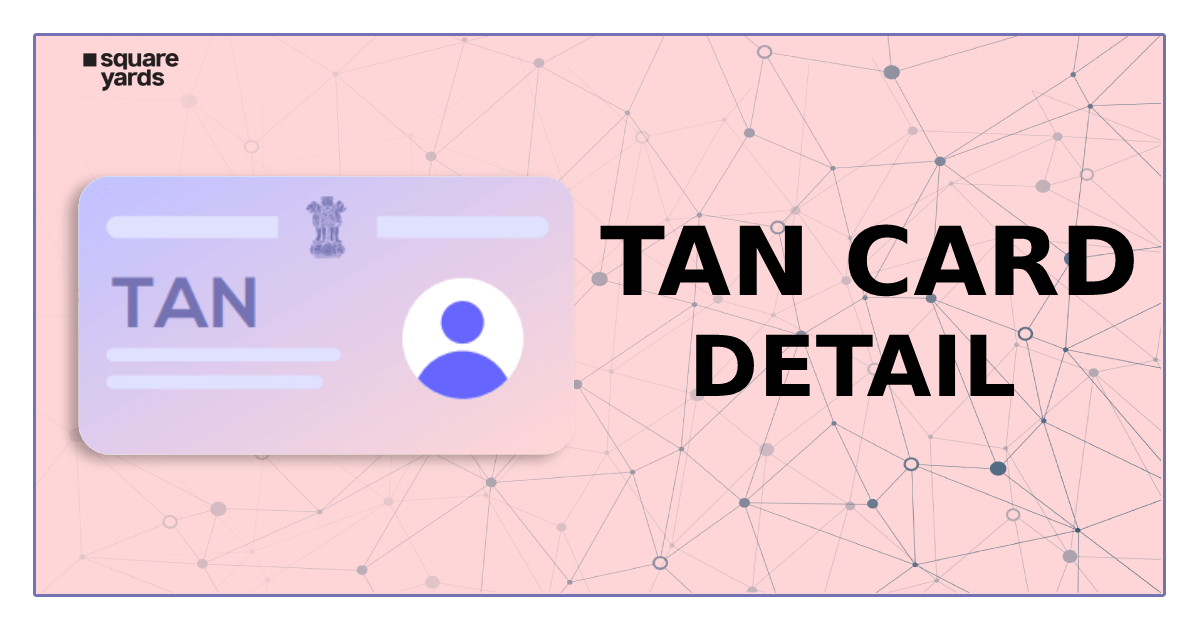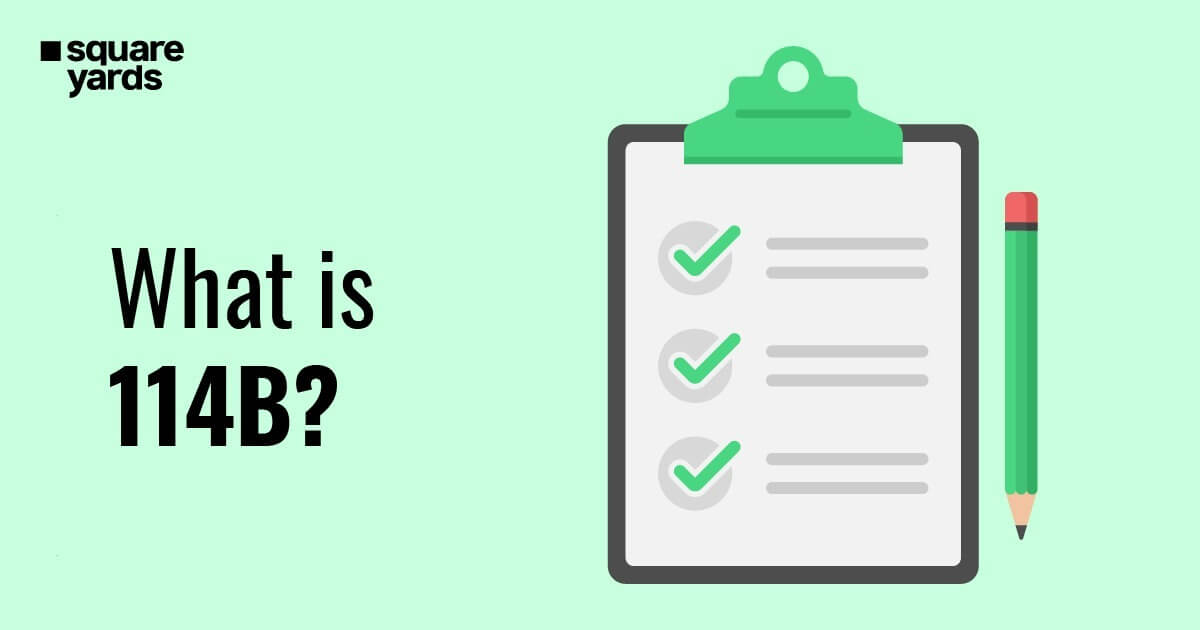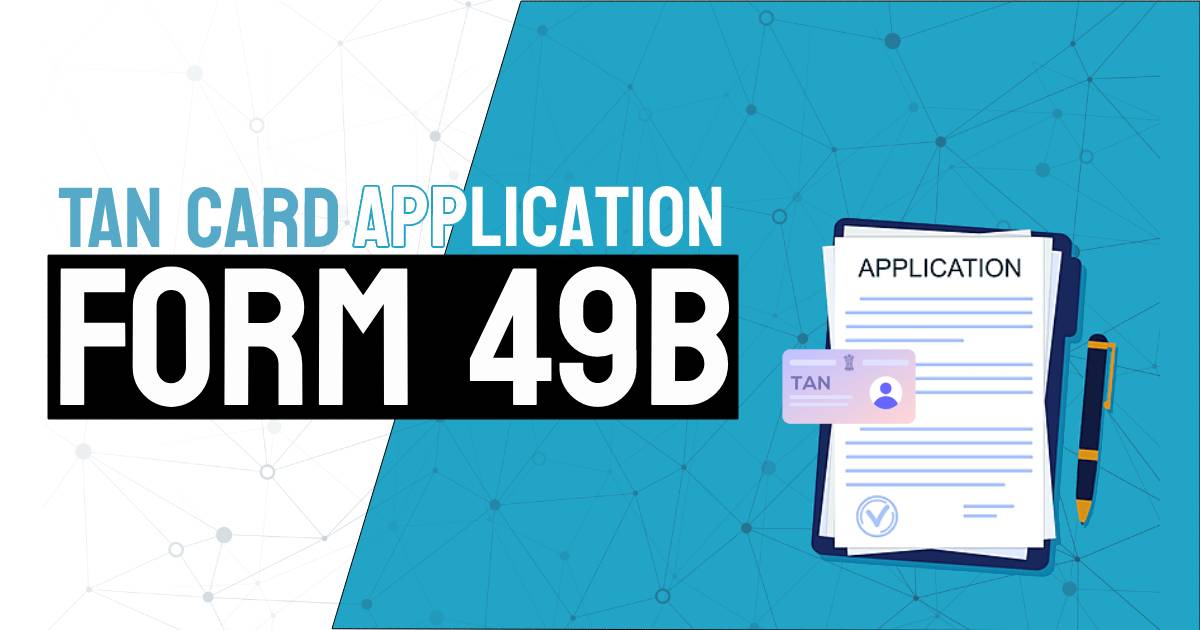Sales Tax is an indirect tax that is levied on the selling and purchasing of goods within the country. The tax which is calculated in percentage has to be paid above the base value of the product. Both the central and state governments are in a position to charge the consumer of the taxes and also decide the rate of it based on their financial needs.
Do you also wonder that even though you pay the Sales Tax, you are not clearly aware of the meaning and purpose of it? If yes, then this article will be a blessing in disguise for you as it breaks down the Sales Tax in India in the simplest way. This blog talks thoroughly on the types and laws of Sales Tax, their exemptions, violations, and calculation.
Important information: The GST (Goods and Services Tax) has been established instead of the Sales Tax in India from July 1, 2017.
What is Sales Tax?
Sales Tax is an indirect tax in India that is levied on the purchasing and selling of goods within the country. Basically, sales tax is an add-on amount that is paid above the base value of the purchased product. This tax is imposed by the government on the seller and the seller can retrieve it from the purchaser. This tax is levied on the final purchase of the product by the buyer or when some specific goods are exchanged. The sales tax is charged at a variable percentage on the product value.
Sales tax in India is imposed by both the State and Central Government. The Central Government decides this tax on the basis of its tax policies and the sales tax varies from State to State.
Why we need to pay Sales Tax?
The benefits of paying sales tax are numerous. Let’s have a look at a few of them:
- It is important to pay sales tax because it promotes investments and savings from a person.
- It aids in the economic development of the nation.
- Paying tax and on time helps to maintain a good credit score which has a huge relevance while applying for loans.
Different Types of Sales Tax
Different countries all over the world have different policies related to Sales Tax. However, certain standard types are common and applicable to most countries. These types are:
-
Wholesale Sales Tax
Tax applicable on the dealers who trade in wholesale goods distribution is known as the Wholesale Sales Tax.
-
Manufacturer’s Sales Tax
The manufacturer’s sales tax is applicable to the producers of specific goods.
-
Retail Sales Tax
The retail sales tax is applicable on the sale of the retail goods and has to be paid directly by the ultimate customer who makes the purchase.
-
Use Tax
The use tax is applicable to the buyer on the goods which have been bought without the payment of sales tax. This type of tax is applicable on the products which are bought from the sellers like vendors who do not come under the jurisdiction of tax.
-
Value Added Tax
This is an added-on tax that is applicable to all the purchases made by the central government.
Sales Tax Laws in India
Sales Tax in India is an indirect tax and was introduced with the establishment of the Central Sales Tax Act of 1956. It is important because the taxes accumulated by our government aids in the development and growth of the country. Since India has adopted the structure of different state governments in each state and the central union of government at the central level, each state government has the authority to implement a taxation system that is suitable for its requirements.
Central Sales Tax Act of 1956
The taxation laws are governed by the Central Sales Tax Act of 1956. The jurisdiction of this law extends to the whole country and also has the regulations and rules which are concerned with Sales Tax. The Act also enables the Government at the center to levy the sales tax on different goods. The Central Sales Tax has to be paid in the respective State in which the goods are being sold.
Aim of Central Sales Tax Act
The main objective of the Central Sales Tax Act was to simplify the collection of tax in the country and to streamline it in an orderly manner. Mentioned below are the main aims of the Act:
- To provide amenities for levying, distribution and collection of the taxes which have been collected from the goods sold through the interstate trade.
- Formulating principles to guide when the purchase and sale of goods will take place.
- To classify some specific goods which are an important part of commerce and trade.
- To be the apex authority for the settlement of trade disputes taking place between the states.
What is the Sale Price?
When a seller or manufacturer sells the goods, the amount earned from the sale of those products is called the Sales Price. The Sales Price includes the incentives, packaging charges, Sales Tax (the payment of which has to be made by the dealer), and insurance charges. Please note that it does not incorporate the charges incurred while installation, delivery, exchange/return of goods, etc.
What are Inter-State Sales?
A sale might be within the same state or between two different states. When the sale happens between two or more states then it is labelled as Inter-State Sales. For example, if a seller living in Chennai sells his goods to one buyer in Punjab and the goods are moved between these states, then it will be called Inter-State Sales.
According to the Central States Tax Act of 1956, commerce or trade made between two states shall be deemed valid if the purchase or sale:
- Results in a movement of goods within different states.
- Is justified by a transfer of documents when the goods are transported between states.
CST or Central Sales Tax Transaction Forms
Under the jurisdiction of the Sales Tax, all the buyers need to give out declarations in the forms prescribed and also abide by the laid down guidelines. But before we get to these different forms let us first get acquainted with some of the key features of Central Sales Tax.
- The principles and rules for the timing of purchase and selling of goods are set by the centre.
- It also provides a list of the goods that are more prevalent or important in trade and commerce.
- Any disputes in the interstate trade are resolved by the centre. It also has the final authority in these disputes.
- It might also release certain regulations for the distribution, charges & collection of the taxes which have resulted from interstate trading.
Have a look at the detailed table below to understand the various forms available and their purposes:
| Forms | Purposes | Frequency |
| C | The form helps the dealer who is purchasing in getting discounted prices from the seller. | To be acquired every quarter and submitted quarterly. |
| D | This form is provided by the department of Government which purchased the goods. | No question will be asked after 01/04/2007 |
| Form E1 | This form is provided by the dealer who starts the motion of goods between states. | To be acquired every quarter and submitted quarterly. |
| Form E2 | The form is provided by the next seller when the goods have shifted to another state. | To be acquired every quarter and submitted quarterly. |
| Form F | This form is released when goods are transported to a separate state. | Has to be acquired monthly but has to be submitted quarterly to the authorities. |
| Form H | Issued by a dealer who exports, for the goods purchased. | Has to be acquired till the time of assessment by the assessing authority (first). |
| Form I | Issued by the dealers which are in the Special Economic Zones | No clarity in the rules but has to be submitted before the assessment |
State Government Sales Taxes
Independent State Governments own the authority to charge entities with the sales tax so that they can meet their own financial requirements. One important thing to note is that different states have different percentages of sales tax on different types of products. Also, Value Added Taxes or VAT becomes a huge contribution to the income of the state. Hence, you might have noticed that certain products are less expensive in some states than in others. The State categorizes the individuals who are a part of the sale of goods into sellers, dealers, and manufacturers. All parties must have certificates from the respective authority to work in the purview of the established law.
Sales Tax Exemptions
Certain exemptions are provided in the Sales Tax India on humanitarian grounds or to steer clear of the hassle of double taxation. The list of exemptions are as follows:
- Certain goods which have been exempted by the state governments
- Sellers who have valid retail certificates of the state.
- The products which are sold for charitable purposes or in educational institutions. For example, schools.
Calculation of Sales Tax
Calculating sales tax could be as difficult as climbing a hill for many people but this is not the case. The sales tax can be easily calculated and is not rocket science. You only need to understand the basics to hit the bull’s eye.
The formula for calculating sales tax is as follows :
Total Sales Tax = Sales Tax rate x Cost of item
Let us understand the above-given formula with the help of an example.
Miss Nandini purchases a teddy bear for ₹200, the component of sales tax of which is 10%. Hence the formula becomes,
Total Sales Tax = 0.1 x 200 = 20.
So, Nandini will pay ₹20 as sales tax on the purchase of the product.
However, while calculating the sales tax you need to keep in mind the following pointers:
- The sales tax could be different in different states and you must keep the knowledge of the percentage in your city and state.
- Sales tax is always calculated in the form of a percentage.
- You must always add up the prices of various items before the calculation of sales tax.
Violation of Sales Tax Rules
A common individual like a seller and manufacturer might not realize when she/he is violating the tax rules as taxes can be hard to comprehend sometimes. The guidelines of the law must always be followed. Hence, the parties involved must be aware of the frequently committed violations so that they do not make one. These are:
- Filling up the CST Form with misleading or false information.
- Failing to acquire registration that is required as per the CST Act.
- Not abiding by the provisions of security as described in the CST Act.
- Embezzlement of the goods which are bought at discounted prices.
- Imitating a dealer or describing himself as a dealer.
- Dealers who are not registered under the CST Act also cannot collect the sales tax.
- Giving out false statements regarding the goods purchased.
Central Board of Direct Taxes
The Central Board of Direct Taxes is the highest body in this field which is responsible for administering the taxes prevalent in the country. This body has a status of statutory authority and works under the guidance of the Central Board Revenue Act (1963). It holds its status as a section of the Ministry of Finance and works under the scope of the Department of Revenue.
Constitution of Central Board of Direct Taxes:
The Central Board of Direct Taxes comprise of the below members:
- The Chairman
- A Member (Income Tax)
- A Member (Legislation and Computerisation)
- A Member (Revenue)
- A Member (Personnel and Vigilance)
- A Member (Investigation)
- A Member (Audit and Judicial)
Its functions are:
Since it is an apex body, the Central Board of Direct Taxes is responsible to take care of all the matters related to the collection and levying of the country’s direct taxes. It is responsible for the following functions:
- Formulation of policies related to direct taxes in the country
- It ensures the management of the laws of direct tax, working in hand with the Income Tax Department.
- Investigates and handles the complaints regarding tax evasion.
You May Also Read:
Frequently Asked Questions (FAQs)
What is sales tax rate in India?
The sales tax rate in India is 18 percent.
Is sales tax the same as VAT?
No, sales tax is only levied on the final customer whereas VAT is collected on each and every transaction.
What is the formula to calculate sales tax?
The formula is Total Sale Tax = Sales Tax rate x Cost of item.
What are the different types of forms issued by Sales Tax authorities?
Sales Tax authorities issue the following forms: Form C, Form D, Form E2, Form E1, Form H, Form F and Form I.
When was sales tax introduced in India?
The sales tax was introduced in India with the enactment of the Central Sales Tax Act in 1956.
Which Act governs the Sales Tax?
The Sales Tax is governed by the Central Sales Tax Act of 1956. It consists of rules for the purchase and sale of goods and the tax laws. It also consists of the sales tax which is levied by the Central government. The CST is paid according to the tax laws in the State.
What is the meaning of inter-state sales?
Inter-state sales result in the release of the main documents of the transfer of goods which are shifted from one state to another for sale.
Why do customers pay sales tax?
A point of purchase, sales tax is levied on the consumers who purchase the goods and services which are under the jurisdiction of the taxing authority.
What are things to be kept in mind while calculating the sales tax?
The things to be kept in mind are: the sales tax varies from state to state. Hence, your sales tax will be calculated on the basis of the city and state that you reside in. Sales tax is always calculated in the form of percentage and it will be calculated after combining all the items (if there is more than one).
Which country has the highest sales tax?
Bhutan has the highest rate of sales tax which extends up to 50%.


